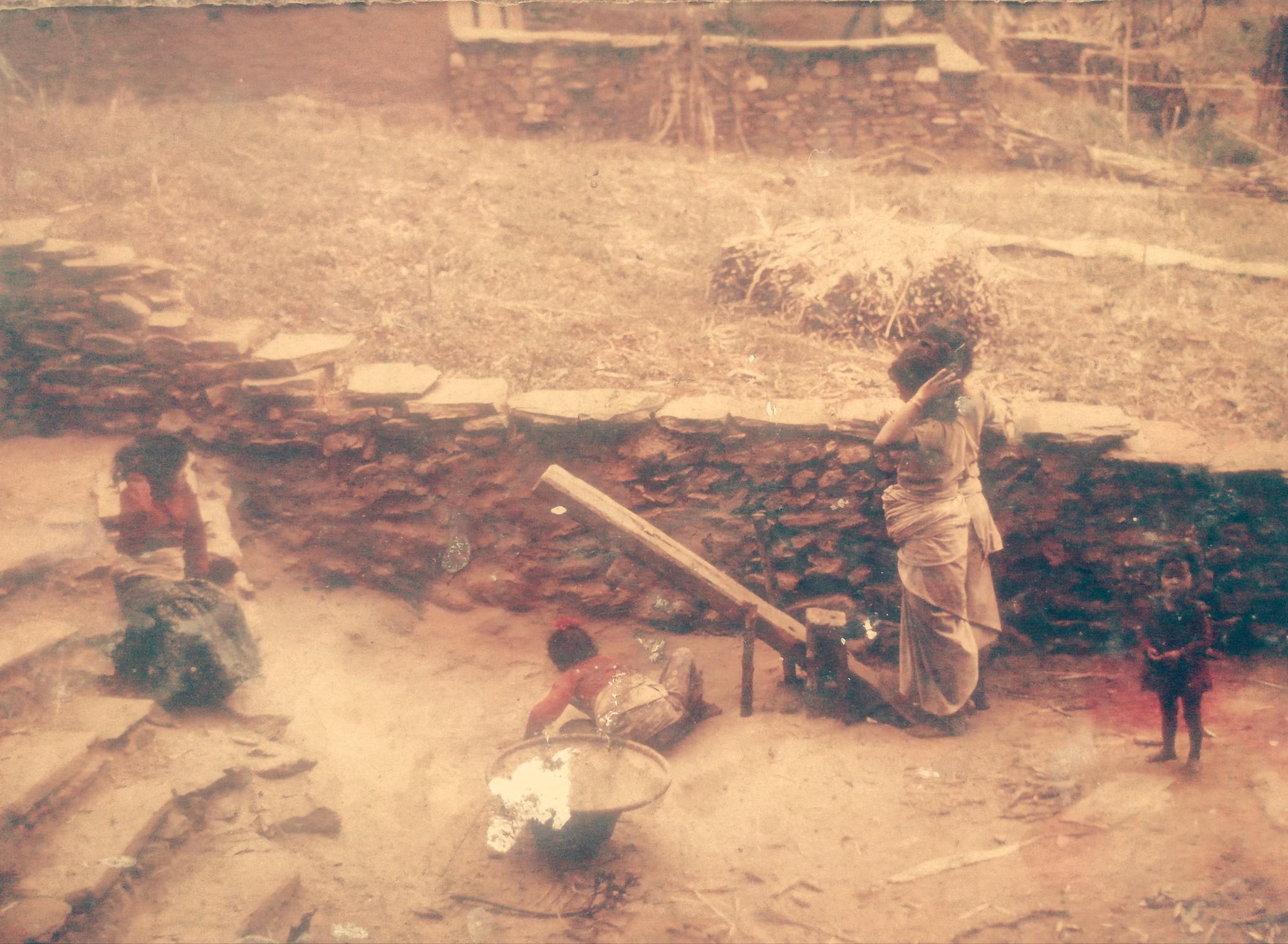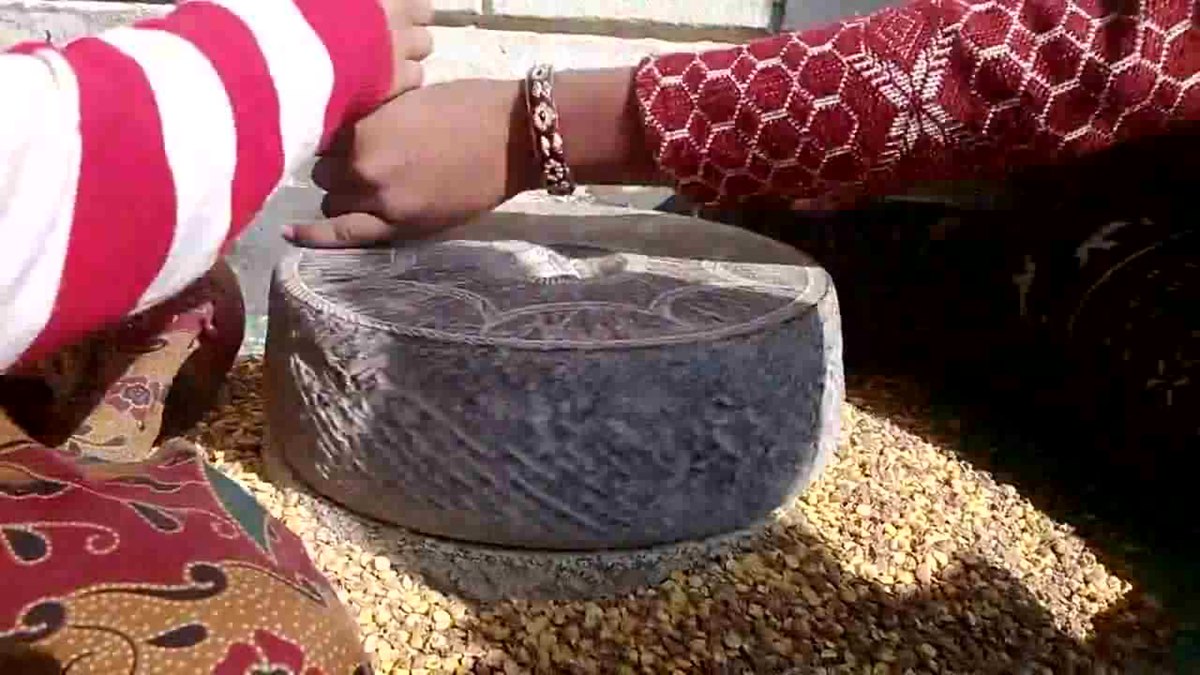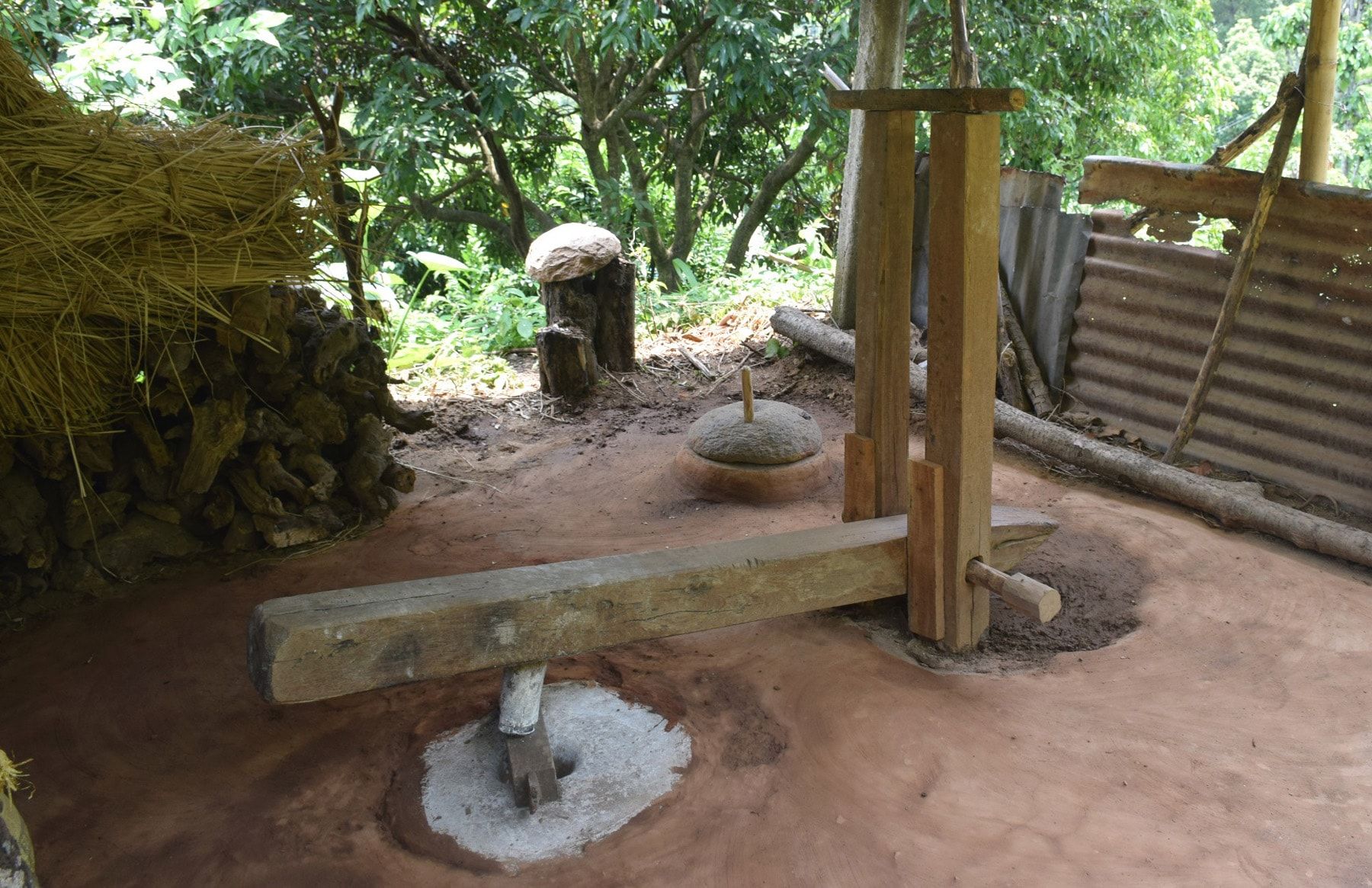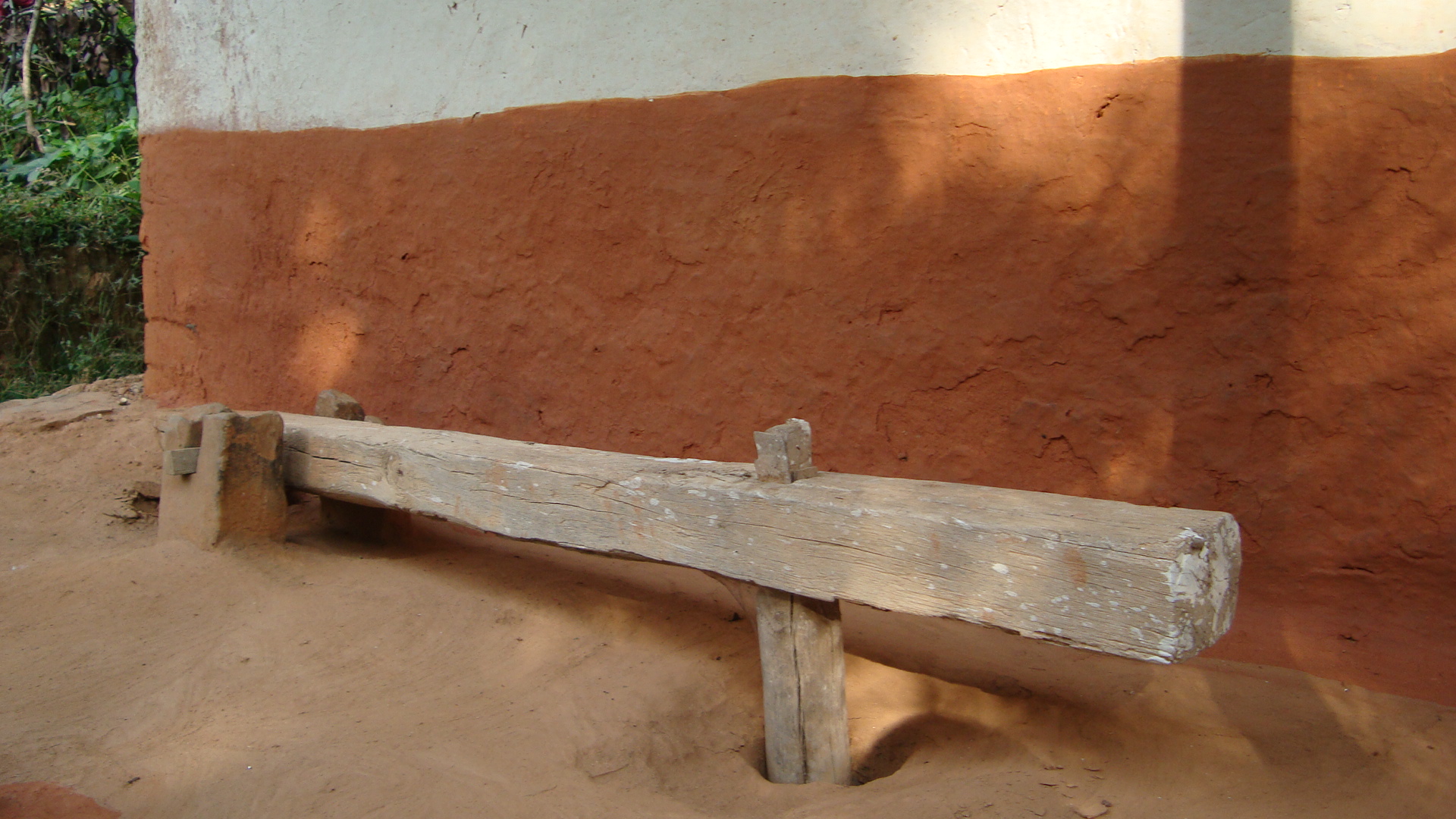Dhiki And Janto : Traditional Nepalese Miller And Grinder
Dhiki And Janto : While the traditional mills, mills and ghats are disappearing all over the country, they have also disappeared in Gorkha after the earthquake. Such structures could not be rebuilt after the earthquake destroyed houses and buildings.

Dhiki And Janto
With the development of technology, the mustard peels, rice threshing mills and flour mills in the villages are on the verge of extinction. Earthquakes have added to the problems of traditional structures that are endangered with technology. With the construction of modern mills and improved mills in rural areas, coal mills are on the verge of extinction.
“In the past, we used to get up at three o’clock at night at the ghat of Rangrung river,” recalls Buddhamaya Ghale of Barpaki. Now there is a mill in the village. Children are no longer recognized. He said that the originality of the village was disappearing after the disappearance of the mill, the mill for grinding mustard, the mill for grinding pulses, the mill for threshing paddy and maize. Dhiki And Janto
With the physical development in the village and the locals grinding millet, wheat and maize, they have started moving to modern mills and ghats. With the expansion of electricity in Barpak, electric mills and diesel mills came into operation before that.
After spending a lot of time in the village ghats and mills, they have started supplying cheap oil, bag flour and rice to the market. In almost all the villages of Gorkha, modern mills and improved ghats have been constructed.Dhiki And Janto
According to the locals, the number of people using mills in the village is very low and the mills are crowded for grinding food. Dhikumari Gurung, 87, of Barpak says, “In the past, people used to go to Ghatta together with their daughters-in-law during festivals, weddings, Arghu and Chhewar.” There is an obligation to go to a distant mill to cultivate 2/4 pathi of mustard and sugarcane.
The use of traditional mills and water mills has decreased in the district after the establishment of electric and diesel powered mills. With the introduction of modern technology in the village, the traditional means of grinding and grinding are disappearing. At present, modern electric and diesel-powered mills are being set up in villages. Technology is displacing traditional means. Dhiki And Janto

Dhiki And Janto
Keshav Banjade of Sandhikharka-8, Kimdada said that the traditional machines of threshing paddy, mustard, wheat and maize were being replaced by modern equipment. “The dishes cooked with crushed, water-soaked and mill-grinded grains were very tasty,” said Banjade. “Electrical equipment has made it easier, but the taste has disappeared.”
He says that traditional technology is disappearing with the changing times, development of technology and disappearance of people’s habit of suffering. Banjade said that after the disappearance of traditional technology, rice and flour beaten in water mills and mills have been abandoned. Banjade, 54, has the experience of making a living by threshing. Dhiki And Janto

Dhiki And Janto
Banjade, who has been making a living in a mud hut for 30 years, goes to an electric machine even though he has to grind one pathi in recent times. We used to get up at 3 in the morning and grind corn to make flour in the morning. We used to enjoy working in the mills in the morning. “Getting up at 3 in the morning to exercise the body, save money, transport facilities, increasing technology, modern day with the traditional mills are disappearing day by day,” Banjade said.
Banjade says that every house used to have a mill and a mortar.
In some villages, traditional threshing mills can be seen. The threshing floor has been left unattended. The locals are leaving the traditional means as they are fast, quick and comfortable. “In the past, every house had a threshing floor and a mill, but now it is used only in some places. If such technology was modernized and developed at a lower cost and accessibility, the traditional technology would be preserved, ”said Dev Bahadur Thapa of Kimdada.

Dhiki And Janto
Not only in Kimdada of Arghakhanchi but also in the entire district, mills have been disappearing in the last five years. The use of mills is disappearing in every rural settlement of the district after the operation of maize, wheat, millet, paddy threshing water and electric mills. Young people are starting to forget the threshing floor and the mill. He used to get up at 3-4 o’clock in the morning and work on the mill till dawn. According to old age, rice and flour beaten with a mortar and pestle are beneficial and nutritious for health.
FAQ’S
What is the use of Dhiki?
What is meant by janto?
What is the use of janto?
What is the working principle of Jato?
Gehendra Shumsher : History About First Scientist Of Nepal
Comment Here!